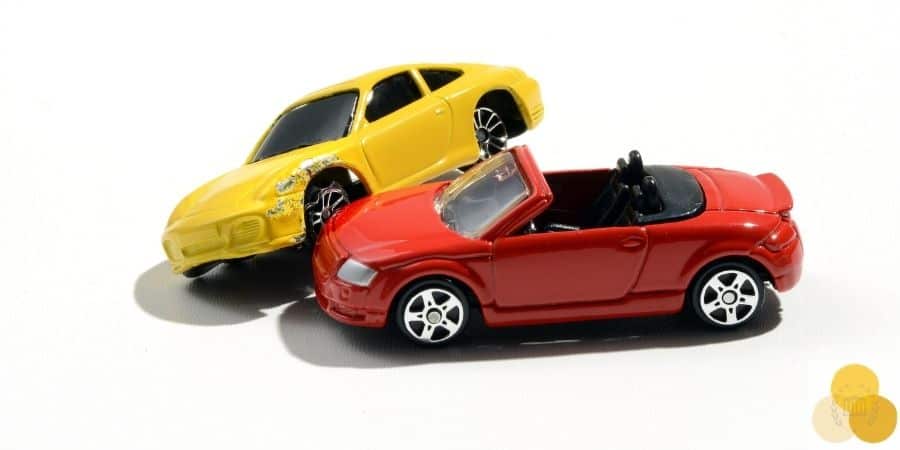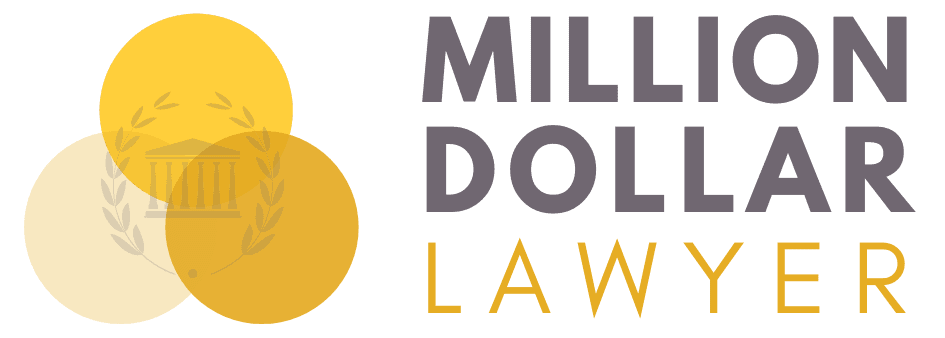How to deal with a Pile-Up Car Crash
The last thing you want to deal with in any car accident is how to handle a legal claim and who’s at fault, yet that’s the first question the insurance company will ask.
A pile-up car crash can involve several cars or trucks and is much more complicated than just one or two cars involved in an accident. Often, several or most of the cars had nothing to do with the driving mistake but were rather in the wrong place at the wrong time. Legally, who is at fault will depend on your state and your insurance companies’ investigation.
Here are the details for proving who is at fault in a pile-up car crash.
A pile-up car crash can involve several vehicles and is much more complicated than just one or two cars involved in an accident
Determining Fault in a Chain Reaction Car Accident
In a chain-reaction car accident, often car A hits car B, which then runs into car C. Likely, car A can be found the most at fault. However, car B also might be somewhat responsible if they could have prevented hitting car C.
The first question to ask to determine who is at fault in a chain-reaction car accident is, could you have done anything differently to prevent all or parts of the accident?
If yes, you may have all or partial fault for the accident. However, that has different effects on your ability to recover damages depending on what state you live in.

Contributory vs Comparative Negligence
The way that states determine who is at fault in a pile-up car accident comes down to two legal principles for determining fault: contributory and comparative negligence. Different states use different methods.
With contributory negligence, if you can be shown to have any fault, even just a small percentage responsible, then you will not get any damages.
However, comparative negligence states that whatever percentage responsible you are for the accident will be taken off of your damages award. For instance, if total damages were $300,000 and you were determined to be 50% responsible, then you would only receive $150,000 in damages. However, in that same scenario if you were only 10% responsible, then you would receive $270,000 ($300,000 – 10% of $300,000).
And the more vehicles involved in the crash, the more complicated it becomes to determine fault and what percentage of fault was involved.
Look for your state in the chart below for what policies to expect:
Contributory Negligence | Comparative Negligence | Modified Comparative Fault (must be 50% or less at fault to recover damages) | Modified Comparative Fault (must be less than 51% at fault to recover damages) |
|---|---|---|---|
• Alabama
• District of Columbia
• Maryland
• North Carolina
• Virginia | • Alaska
• Arizona
• California
• Florida
• Kentucky
• Louisiana
• Mississippi
• Missouri
• New Mexico
• New York
• Rhode Island
• Washington
| • Arkansas
• Colorado
• Georgia
• Idaho
• Kansas
• Maine
• Nebraska
• North Dakota
• Tennessee
• Utah
• West Virginia | • Connecticut
• Delaware
• Hawaii
• Illinois
• Indiana
• Iowa
• Massachusetts
• Michigan
• Minnesota
• Montana
• Nevada
• New Hampshire
• New jersey
• Ohio
• Oklahoma
• Oregon
• Pennsylvania
• South Carolina
• Texas
• Vermont
• Wisconsin
• Wyoming |
Steps to Take if You Are in a Multi-car Accident
- Stay in your vehicle until first responders arrive and safely help you exit the vehicle
- Turn on hazard lights
- Get a physical examination
- Call your insurance company – do NOT speak with another driver’s insurance company
- Take photos of the vehicles
- File a police report
- Avoid sharing too many details with police or on social media
- Find a personal injury lawyer
Finding the right lawyer for a pile-up car Accident
Dealing with a car accident isn’t easy and especially when many cars are involved. Hiring a lawyer to help you navigate through the process can be a huge help. Make sure to find someone who specializes in car accidents and has a proven track record of success in this area of law.







